What’s The Best Single Leg Exercise for Athletes?
Everybody always wants to know the best exercise for athletes, but the answer to that question really comes down to the athlete’s needs.
What sport do they play?
What are their weaknesses?
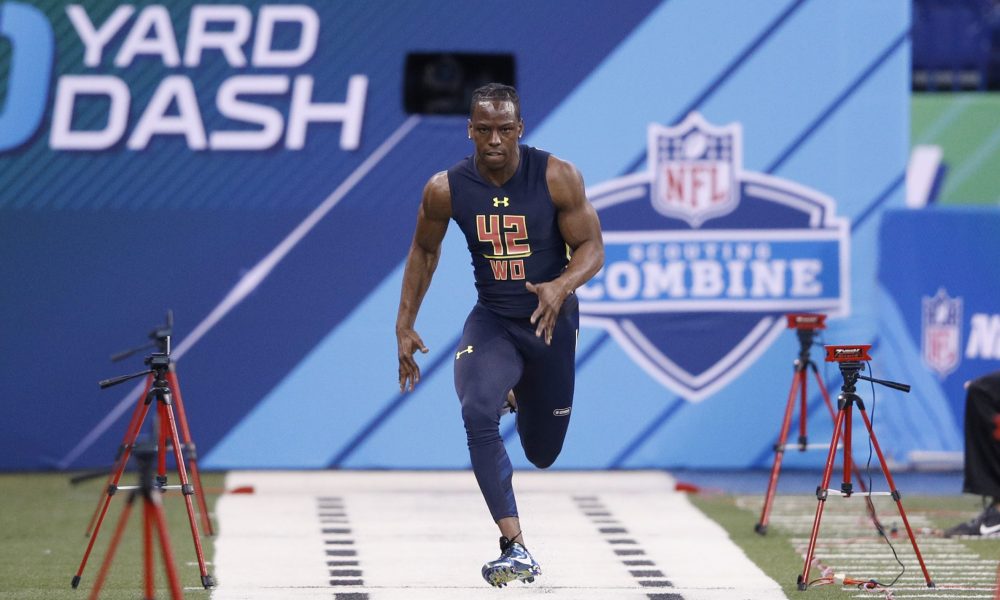
However…
Today, I’m going to throw those specifics aside and share, in my opinion, the best single leg exercise for athletes…
It’s not a jumping exercise, or any kind of plyometric…
Nor is it a speed drill…
It’s a strength movement.
Get ready….
It’s a dumbbell reverse lunge.
Yes, you might be thinking that it’s boring, it’s plain, where’s the pizzazz at…

But the thing is… MOST PEOPLE DO IT WRONG. And even worse… most people don’t know how to progress it.
So, if you consider yourself an athlete, keep reading, and you’ll discover how to properly perform a reverse lunge, how to progress the reverse lunge, and WHY you should add some variation of a reverse lunge into your athletic program.
Why the Reverse Lunge is The Best Single Leg Exercise for Athletes
The posterior chain is an extremely important group of muscles for an athlete. It consists of the glutes, hamstrings, erectors, and more, and is almost solely responsible for your ability to jump, run, cut, accelerate, change directions… Almost anything athletic.
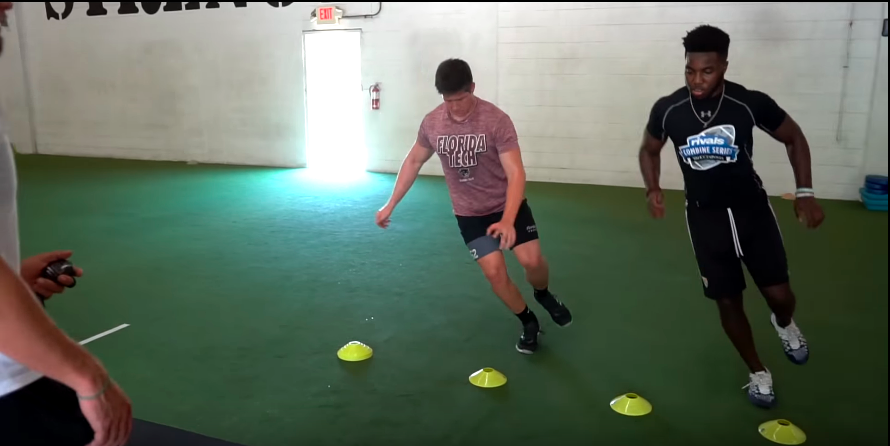
In addition, the reverse lunge works hip and knee extension in a large range of motion, and creates dynamic stability that will carry over to first-step explosiveness, jumping ability, and more.
Basically, the reverse lunge is the best single leg exercise for athletes because it carries over to a lot of athletic abilities, and builds strength in an extended range of motion.
How Most People Get It Wrong
When most people perform a reverse lunge, they transfer their weight onto their back leg.
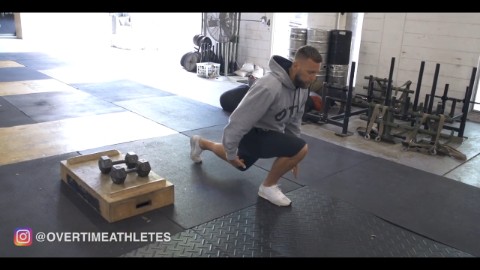
This is wrong. Totally wrong.
The reverse lunge is a unilateral exercise, and part of the stimulus it presents is because it forces the athlete to stabilize himself. If that back leg is used for more than just a support stool, the reverse lunge loses its effectiveness.
Instead of shifting your weight, think of your back leg as a kick stand. It’s just there for support.
In addition, keep the chest over the knee to keep the stimulus on that front leg.
Overtime Athlete’s Most Popular Articles:
- 3 Strength Movements for More Quickness
- DK Metcalf Workout (Workout For Explosive Speed and Power)
- Create A Plyometric Training Program [Complete Guide]
How to Progress the Reverse Lunge
There are four progressions for the reverse lunge.

The first and easiest is a regular dumbbell reverse lunge. Here you just shift one leg backward for support, and let that front leg manage the load. You get an extended range of motion, however, you’ll get more in the next progression
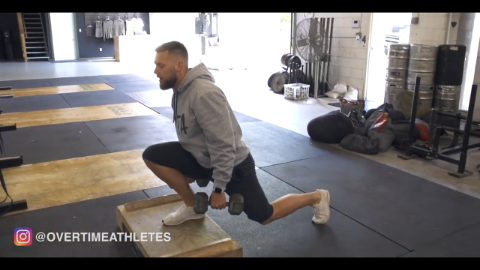
The second progression is the elevated dumbbell reverse lunge. In this variation, you develop strength through even more range of motion. You have to be even more careful NOT to shift your weight here, because it gets more tempting with the elevation.
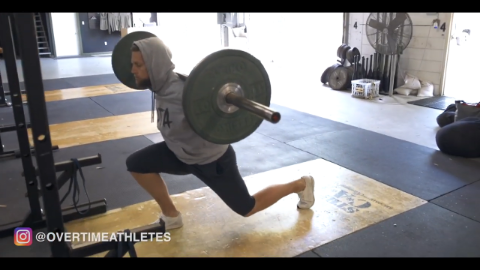
Third progression is the barbell (elevated) reverse lunge. Anytime you place a load on your spine, it becomes tougher to balance, and you have to transfer energy from the lower body to the upper body to stabilize the weight.
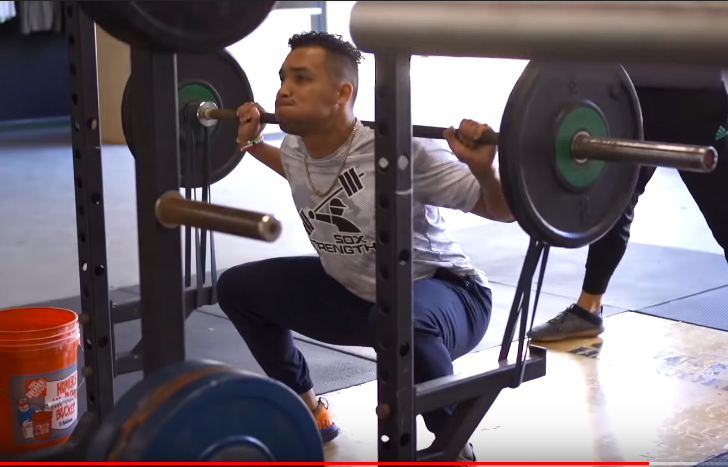
And the fourth progression is a banded (or chained) reverse lunge. What I really like about this movement is that the resistance gets stronger towards the top of the movement, which forces you to accelerate through the movement as fast as possible.
Before I move on, I can’t stress enough, do this movement right. It’s only the best single leg exercise if you perform it properly.
Even More Athleticism
Strength isn’t everything for athletes.
In fact, it usually takes a back seat to things like speed, explosiveness, and BOUNCE.

If you want more bounce, that will carry over to your ability to run fast, acquire a lightning fast first step, and the ability to change directions on a dime…
Look into my FREE Advanced Vertical Series… There, you’ll find things that other coaches just don’t teach. And that’s a big reason why most coaches don’t have a 44 inch vertical jump.
Anyway, to join the hundreds of others inside, click the link below:
